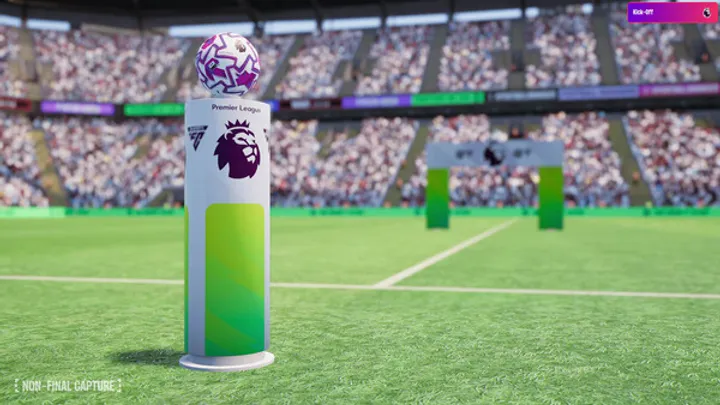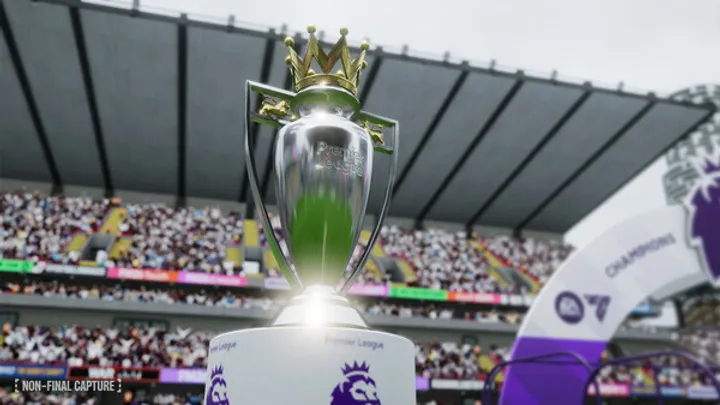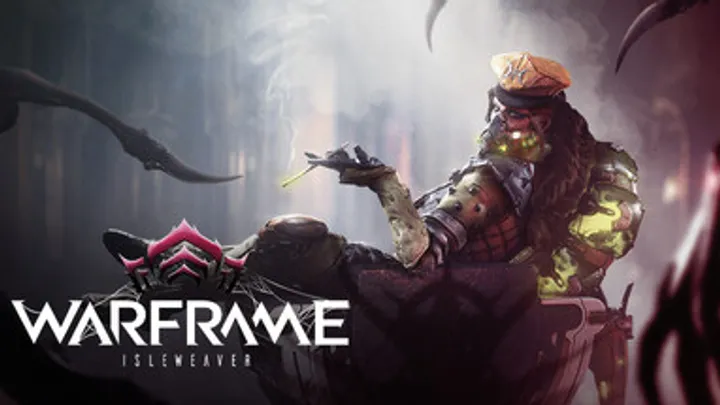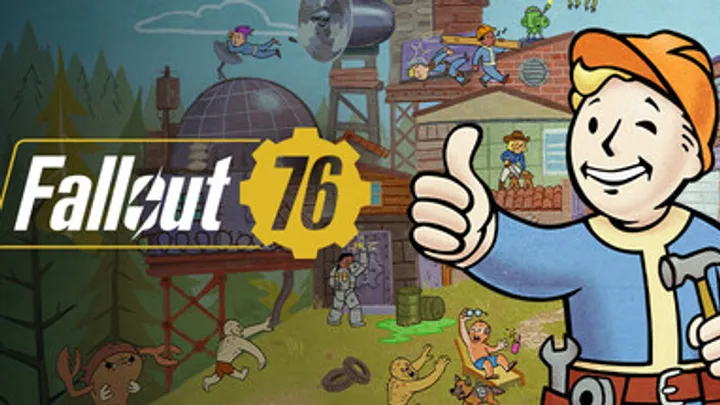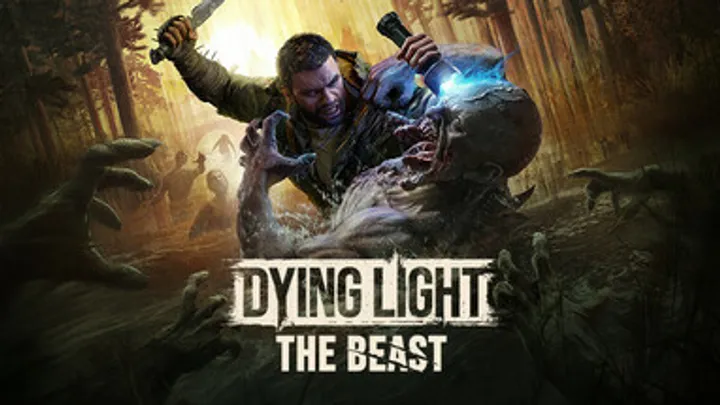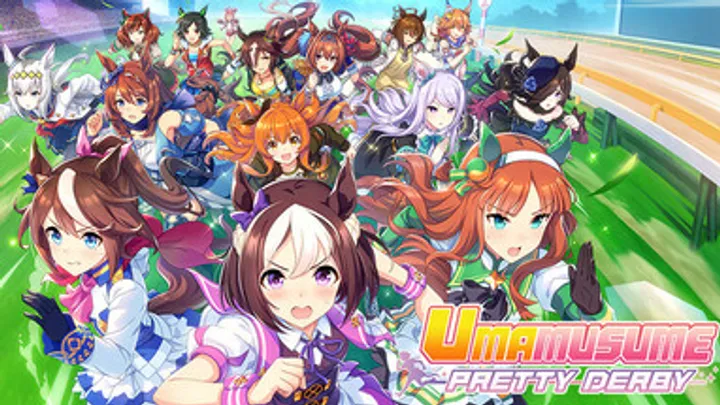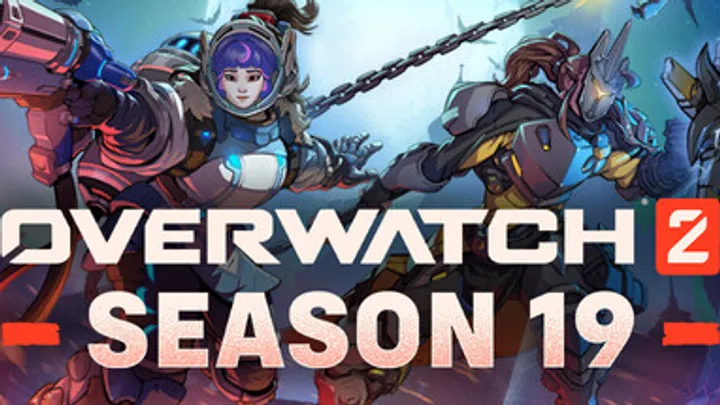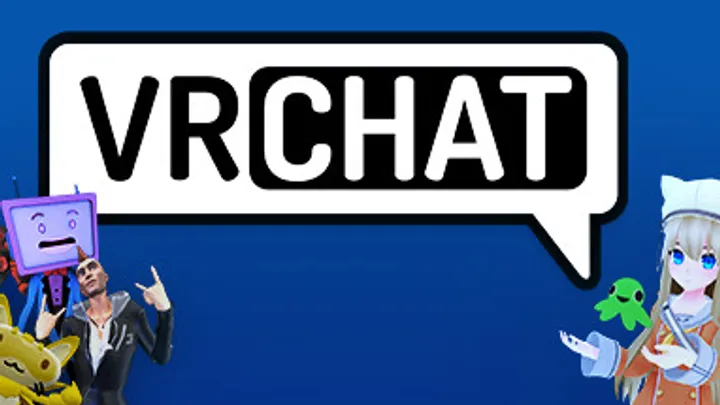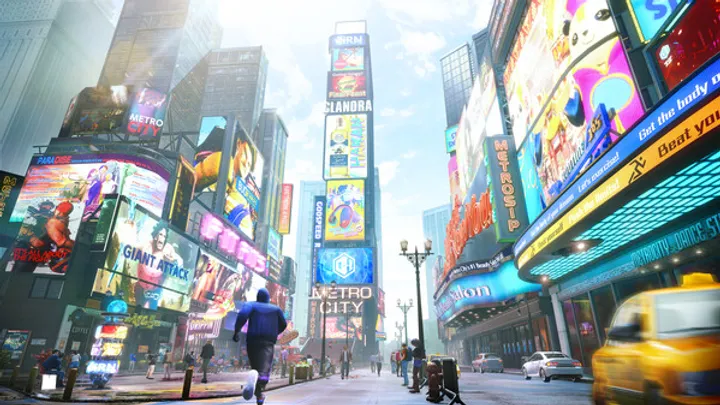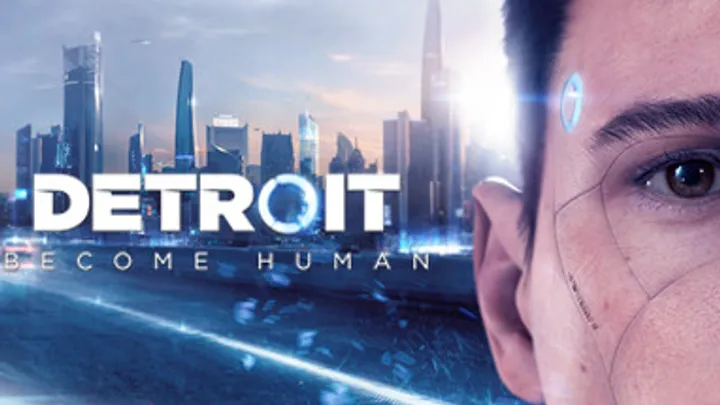When Marvel Rivals burst onto the scene, it promised to unite two powerful forces: the legendary Marvel universe and the fast-paced teamwork of hero shooters. On paper, it was a dream come true — a 6v6 tactical brawler where Spider-Man could swing through skyscrapers while Iron Man rains down repulsor blasts.
But beneath that dazzling surface lies a profound design dilemma. Marvel Rivals must reconcile two conflicting fantasies — the thrill of being an unstoppable superhero and the discipline of being a coordinated teammate. In a genre defined by balance and synergy, how do you make gods play by the same rules as mortals?
This is the central paradox at the heart of Marvel Rivals: every hero wants to be the star, but the game only works when they’re part of a team.
The Dream of Power Fantasy
The superhero fantasy thrives on empowerment. Every Marvel hero — from Thor to Black Panther — embodies individuality, skill, and dominance.
In Marvel Rivals, that fantasy is rendered beautifully. Each character’s kit feels powerful, layered with personality and spectacle. Rocket Raccoon’s gadgets explode with chaotic charm, while Storm’s weather control can change the flow of entire fights.
However, the challenge begins where fantasy meets function. In a competitive team shooter, unchecked individuality creates imbalance. Players crave freedom, but developers must impose limits to ensure fairness.
This constant tug-of-war between power fantasy and system balance defines the identity struggle of Marvel Rivals.
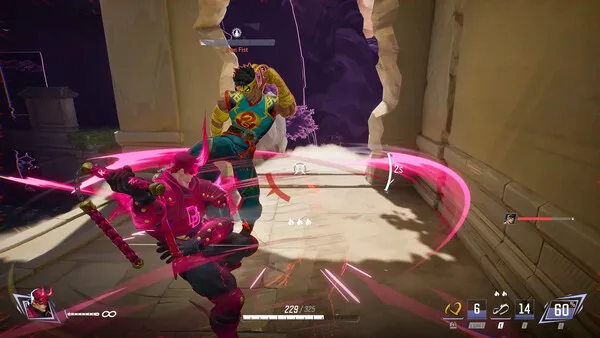
The Legacy of Team-Based Design
To understand Marvel Rivals’ challenge, you must look at its ancestors. Games like Overwatch, Paladins, and Team Fortress 2 established the team-shooter template — synergy over strength, cooperation over chaos.
In those titles, the balance equation is straightforward: each hero has clear counters and defined weaknesses. But when you inject characters like Doctor Strange, Loki, or Scarlet Witch — beings capable of reality-warping — that logic collapses.
The developers at NetEase and Marvel Games tried to preserve the integrity of teamwork while honoring superhero individuality, but the result often feels like two opposing games sharing the same battlefield.
When Every Hero Is a Superstar
In Marvel Rivals, every character demands attention. Unlike Overwatch, where roles are sharply defined (tank, support, DPS), Rivals’ heroes blur those boundaries.
Spider-Man can act as a mobile flanker, Iron Man as both sniper and support, and Magneto as an area controller.
The result? Matches that feel cinematic but chaotic. Everyone’s powerful — yet that power lacks structure. Without clear dependencies, teamwork often dissolves into overlapping ultimates and solo highlight reels.
The game constantly asks: how do you make collaboration meaningful when every player feels like the main character?
Synergy vs. Supremacy
One of Marvel Rivals’ core mechanics — Team-Up Abilities — attempts to solve this problem. Heroes can combine powers, like Hulk launching Rocket Raccoon into a storm of explosives, or Iron Man amplifying Thor’s lightning with his armor.
These moments are spectacular, both visually and strategically. But they also highlight the imbalance beneath. Some pairings create devastating synergy; others barely register.
In practice, Team-Ups favor certain hero combinations, creating a meta hierarchy that discourages experimentation. It’s an exciting mechanic trapped in its own favoritism — a metaphor for the entire game’s struggle with equality among heroes.
The Role Compression Problem
In traditional team shooters, roles define rhythm. Tanks absorb damage, supports sustain allies, and DPS heroes finish fights.
Marvel Rivals deliberately breaks this model, promoting flexible playstyles. But without distinct role boundaries, coordination suffers.
Players gravitate toward the flashiest heroes, leaving essential support abilities underutilized. Teams often devolve into chaotic scrambles rather than coordinated pushes.
This role compression creates two issues:
- Strategic clarity collapses, as teams lack defined structure.
- Balance complexity multiplies, since each hero must be viable in multiple roles.
What begins as creative freedom ends in confusion — a sandbox of power without purpose.
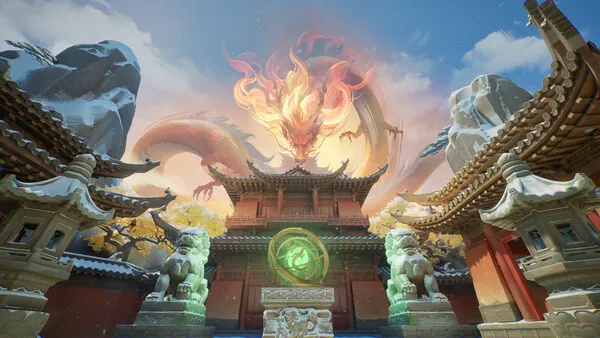
The Meta Arms Race
Every patch of Marvel Rivals feels like an arms race between fantasy and fairness. The developers must constantly nerf overpowered kits while buffing underused ones.
But the problem isn’t just numbers — it’s design philosophy.
When you make heroes as iconic as Iron Man or Magneto weaker for the sake of balance, you break immersion. When you make them too strong, you break the game.
This is the eternal curse of licensed hero shooters: expectations clash with equilibrium.
Some solutions, like introducing global cooldown systems or scaling damage multipliers, help slightly — but they also dilute the uniqueness of heroes that fans love most.
The Emotional Cost of Balance
The Marvel Rivals community reflects this struggle. Competitive players crave structure — reliable metas, clear roles, predictable results. Casual fans, on the other hand, want chaos — cinematic moments where powers clash like comic panels come to life.
Each patch inevitably alienates one group. The more balanced the game becomes, the less “Marvel” it feels. The more chaotic it becomes, the less competitive integrity it has.
This emotional divide runs deeper than mechanics — it touches the soul of what fans expect from Marvel. The game doesn’t just balance numbers; it balances identities.
The Power of Storytelling Through Combat
Despite its flaws, Marvel Rivals does something rare: it translates narrative emotion into gameplay.
Every ability feels like an extension of character — Deadpool’s reckless energy, Black Widow’s precision, Scarlet Witch’s instability.
The problem is not that these characters are too expressive — it’s that their expressiveness sometimes overrides tactical cohesion. In Overwatch, your identity is functional; in Marvel Rivals, it’s emotional.
The game succeeds in making you feel like a superhero. It just hasn’t yet mastered making six superheroes feel like a team.
Lessons from Chaos
In many ways, Marvel Rivals represents the next stage of hero shooter evolution — a bold experiment in blending narrative spectacle with competitive gameplay.
Its failures are instructive, not fatal.
Future updates could focus on three pillars:
- Hero Identity Anchors: Reinforce role-based design without stripping individuality.
- Team-Up Balancing: Make collaboration as rewarding as solo brilliance.
- Emotional Feedback Systems: Teach players why teamwork matters through dynamic dialogue and AI reactions.
If done right, Marvel Rivals could become the first game to successfully merge Marvel’s narrative chaos with esports-level discipline.
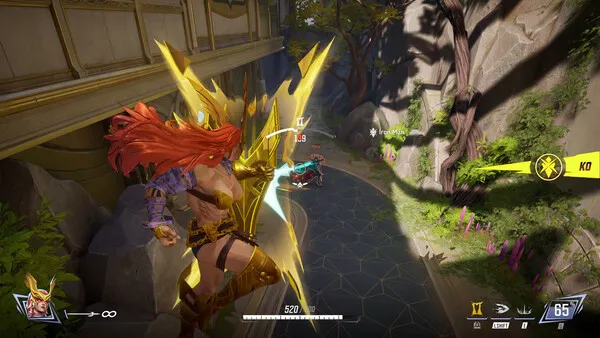
The Future of Hero Balance
The road ahead for Marvel Rivals is both thrilling and treacherous. To preserve its magic, the developers must decide what kind of game it truly wants to be — a balanced esport or a cinematic playground.
Perhaps the solution isn’t to choose one, but to create two experiences within one framework:
- A competitive mode with strict balance.
- A chaos mode that embraces raw power and unpredictability.
By acknowledging that balance and fantasy can coexist without uniformity, Marvel Rivals can finally transcend its identity crisis — becoming not just another hero shooter, but the definitive superhero battleground.
Conclusion
Marvel Rivals is a game caught between two truths. It captures the exhilaration of being a superhero but struggles to reconcile that with the cooperation real teamwork demands.
It’s both a spectacle and a system, both harmony and havoc. Its beauty lies in that contradiction — a reminder that sometimes, the most powerful heroes aren’t the ones who stand alone, but those who learn to fight together.








